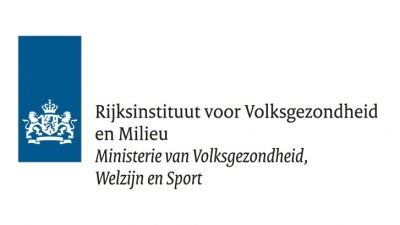Predict and Prevent Emerging Pathogen Threats
The revolution in infectious disease surveillance brought about by the widespread adoption of whole genome sequencing has had a profound impact on the ability to track the spread of outbreaks, elucidate transmission and target public health measures. However, the ability to mine these vast data resources to decipher genotype to phenotype relationships, or to utilise the data in a predictive setting to better profile novel and emerging strains, is underdeveloped.
In this project researchers from Utrecht University, RIVM and Theiagen Genomics will work to extend cutting edge methodologies in structuring large, connected genomic data sets and employ machine learning strategies to quantify the epidemic or virulence potential of pathogens. This generalisable approach will initially be applied to the key foodborne pathogens Salmonella enterica and Escherichia coli. These globally important pathogens are responsible for considerable morbidity, mortality and economic losses with an estimated burden of 2000 disability-adjusted life years and an economic cost of €32,000,000 in the Netherlands per year. There is a critical need to better understand the differential risk that different strain types pose through the food chain so targeted and proportional interventions that maximise public safety and minimise economic losses are developed.
‘Predict and Prevent’ will catalogue genomic variation in conjunction with information about strain prevalence and clinical outcome in novel and optimised mathematical graphs. These graph structures will then be transformed into a machine learning framework to identify combinations that are predictive for an outcome of interest (e.g. clinical outcome, pathogen spread) thereby unravelling the genetic basis underlying these traits. Furthermore, novel sequence data from emerging strains can be queried to quantify their epidemic or virulence potential. This innovative approach tackles both the structuring and analysis of petabyte scale microbial pathogen data to drive pathogen genome surveillance into a new era.



